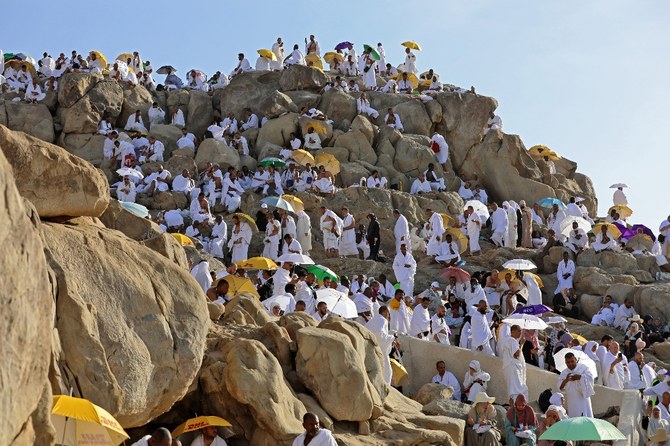Despite scorching summer heat, hundreds of thousands of Muslim pilgrims flocked to Mount Arafat in Saudi Arabia for the climax of the hajj pilgrimage.
This year’s hajj is expected to be one of the largest on record, with over 2.5 million pilgrims participating after three years of Covid-related restrictions.
As the sun rose, worshippers gathered on the rocky terrain of Mount Arafat, where Prophet Mohammed is believed to have given his final sermon. The pilgrimage is a significant religious obligation and a source of legitimacy for Saudi Arabia’s rulers.
With temperatures reaching 46 degrees Celsius (113 degrees Fahrenheit), pilgrims endured the challenging journey from Mecca to Mina, seeking shade under umbrellas. The intense heat posed a health risk, but thousands of health workers were on alert to address cases of heat stroke and exhaustion.
The physical demands peaked on Tuesday, as pilgrims spent hours in prayer and Quran recitation in the sweltering conditions of Mount Arafat and its surroundings. Helicopters hovered above, and entry roads were filled with worshippers. After sunset, pilgrims moved to Muzdalifah to sleep under the open sky. The next day, they would participate in the symbolic “stoning of the devil” ritual by throwing pebbles at three large concrete walls. The final leg of the pilgrimage involved returning to Mecca’s Grand Mosque for a final circumambulation of the Kaaba, the revered black cube towards which Muslims worldwide pray.
Alongside the challenges of heat, the hajj has experienced crises in the past, including militant attacks and deadly fires. While a tragic stampede occurred in 2015, resulting in thousands of fatalities, the subsequent years have been relatively incident-free.





